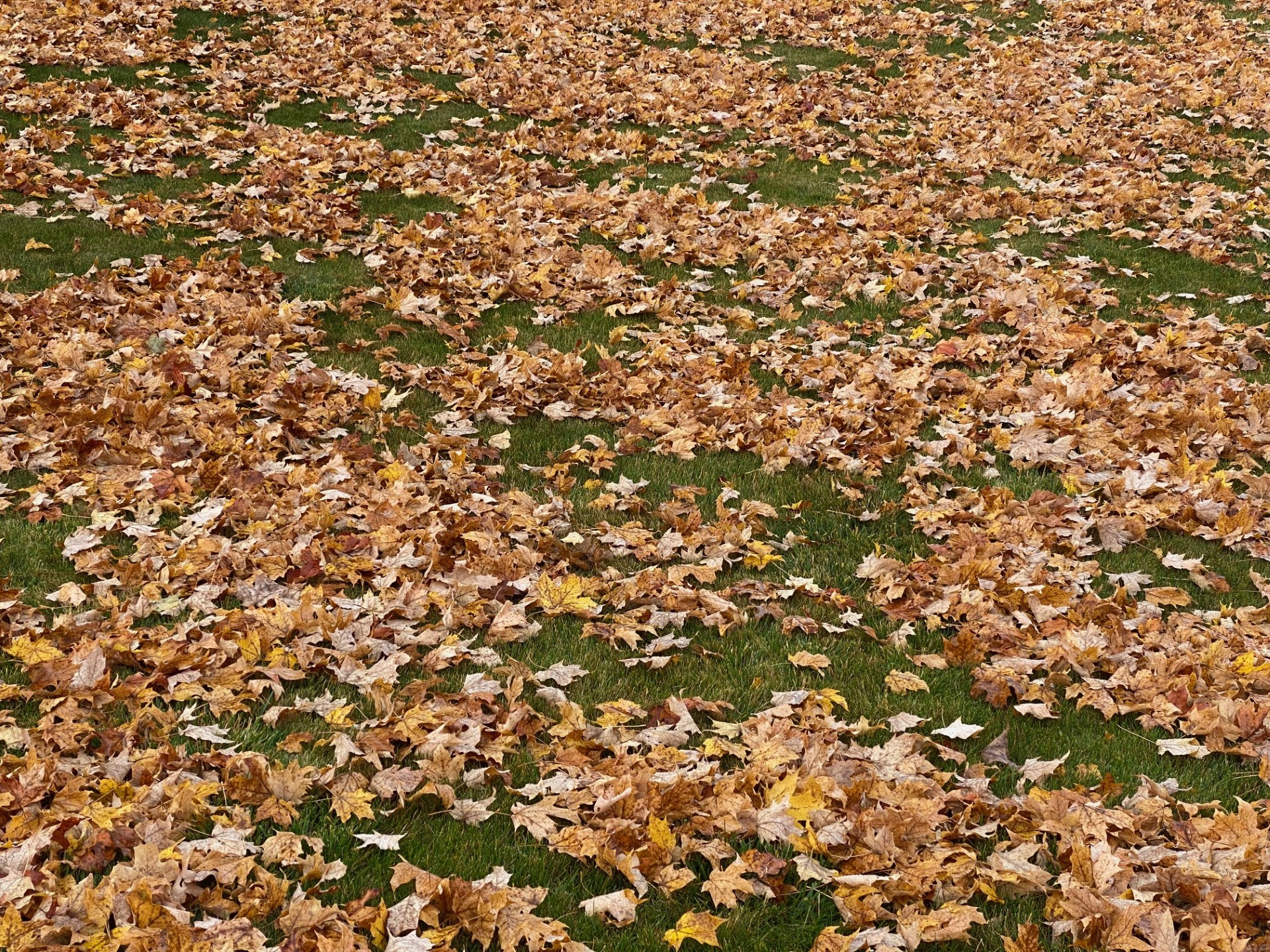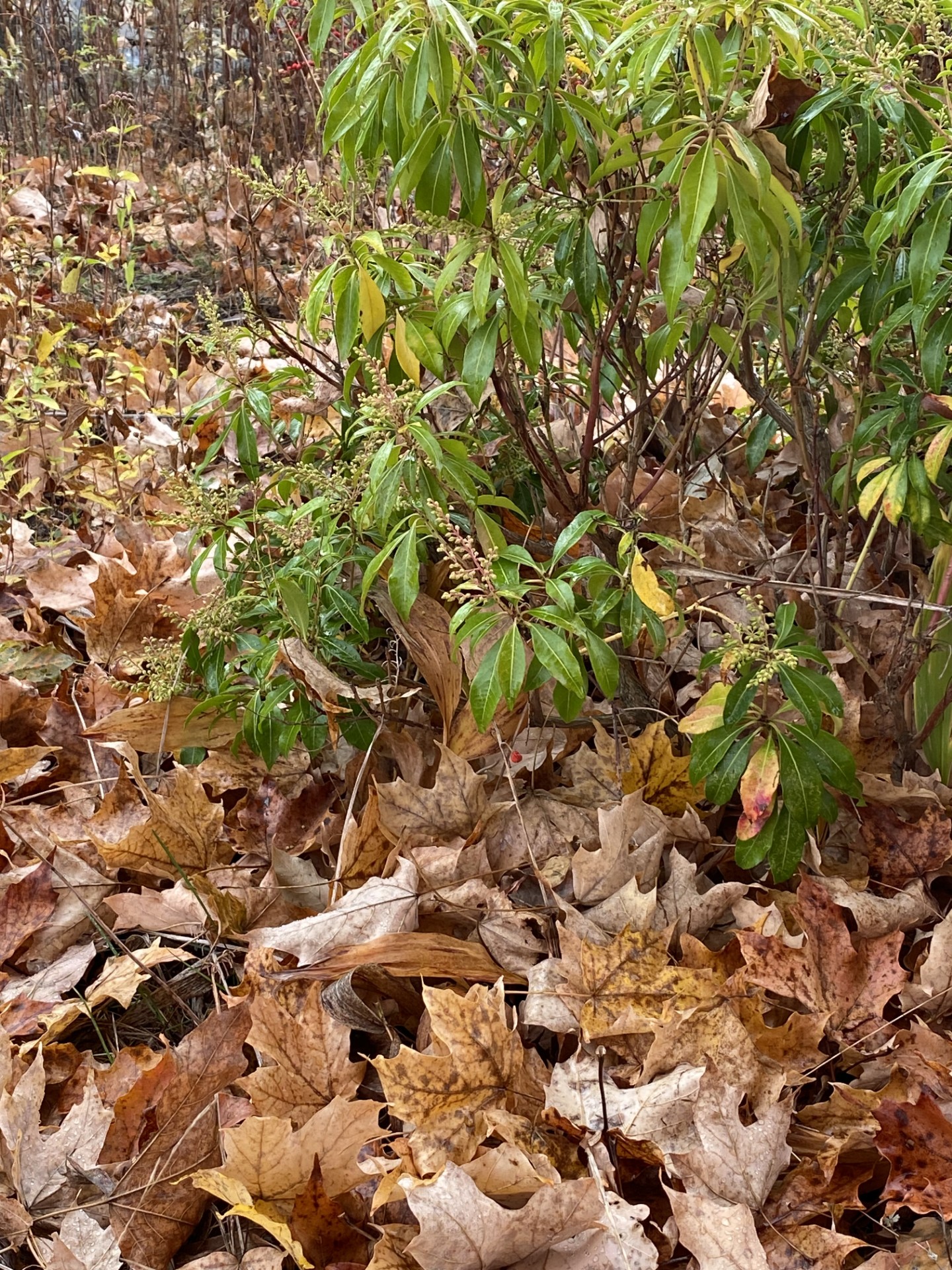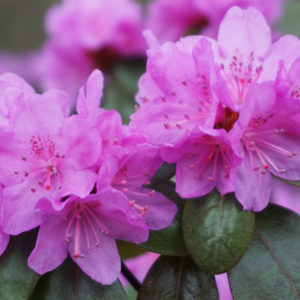
With the end of the growing season, plants prepare for the cold of winter by going dormant, or in the case of annuals end their life cycle. Deciduous trees and shrubs will shed their leaves, perennial plants will die back to the ground and annuals will have set seed and come the first freeze will die. It is therefore a time when gardeners clean up their yards in order to have things prepared for the next growing season.
However, as with so many aspects of gardening what you do and when can be a matter of personal preference, and in some cases, available time.
The Case for Fall Clean-Up
Where lawns are concerned, the major task here involves falling leaves. Letting leaves remain on lawns is not good for them, insomuch as wet leaves will form a smothering blanket that will ultimately kill or severely weaken grass. Leaves therefore need to be removed or chopped up fine with a mulching mower where they can then be used to return nutrients to the soil. If leaves are removed, they can be composted down as either part of a general compost heap, or on their own to make leaf mulch.
Where deciduous trees and shrubs are concerned any foliage that suffered from fungal or virus diseases during the growing season should be raked up and disposed of. Leaving such foliage around the base of plants risks re-infecting the plants in question the following year.

With perennials dead stems and foliage can be removed or cut back to just above the ground. This not only cleans things up for the spring but will reduce the places voles can hide out over the winter months. Voles will make nests at the base of grasses or under the cover of foliage such as Siberian iris as they offer hiding places from the elements and predators. Therefore, if you have problems with voles, clearing all cover in the form of dead perennial foliage is advisable.
For those who do not wish certain perennials to go to seed and spread cutting back stems and foliage in the fall is necessary to prevent unwanted seedlings in the spring.
Tender perennials are unable to survive outside in New England winters and will be cut down potentially by frosts, but definitely with the first freeze of the season. Some will have been bought to be used as annuals and as such should be removed and composted once they have died. Others such as dahlias can be stored dormant overwinter in a cool, dry place. Just dig up the tubers, remove the dead foliage and then store, whilst some will need to be brought into the warmth of our homes or a heated greenhouse before nighttime temperatures get to freezing. Citrus trees are a good example of these types of plants.
The Case for Spring Clean-up
Certain plants provide winter interest in the form of their stems and seedheads. Good examples of these are perennials such as rudbeckia and echinacea as well as grasses such as switch, little bluestem and dwarf fountain grasses to name a few.

In addition, leaving seedheads in general can provide food for animals and birds through winter. Finches and sparrows enjoy the seeds of perennials such as those mentioned above as well as other perennials, while the fruit and nuts from trees and shrubs will also attract a number of birds and animals.
Allowing annuals and perennials to go to seed is one way to get extra plants for free. If you prefer to control where these additional plants germinate, then you should plan to gather the seeds in paper bags before nature starts distributing them. If you are aiming for a more naturalistic look, either cottage garden or meadow style, then allowing the plants to self-seed can create surprisingly pleasing combinations and juxtapositions.

Another benefit of not clearing up leaves from beds until the spring is that they provide cold protection for the crowns of perennials during harsh winters and depending on how tidy you wish things to be, you can actually leave them to break down and return their nutrients to the soil, otherwise rake them out in the spring and add them to your compost.
In addition, if you are gardening for wildlife, particularly pollinators and other beneficial insects, leaving some stems standing through winter provides a place for them to safely hibernate during the winter cold. This also applies to leaves and logs. Leaving foliage and tree leaves to remain in flower beds provides additional cover for overwintering pollinators, and a small pile of logs or branches off to one side can also be beneficial to insects.
So, as you can see, a case can be made for either fall or spring clean-up, and sometimes, as I have found, available time might be the overall driving factor as to when these chores get done. If my hawthorn experiences cedar apple rust one year, then its leaves must be cleared away, but otherwise I can leave them to either mulch down or blow away. Also, a happy compromise is often to tidy the most visible areas close to the house while leaving the edges to have a more naturalistic appearance. Whatever your preference, a case can be made for both fall and spring.
by Catherine Cooper







